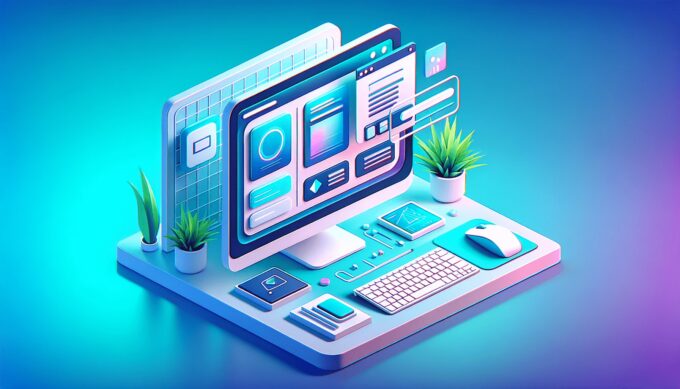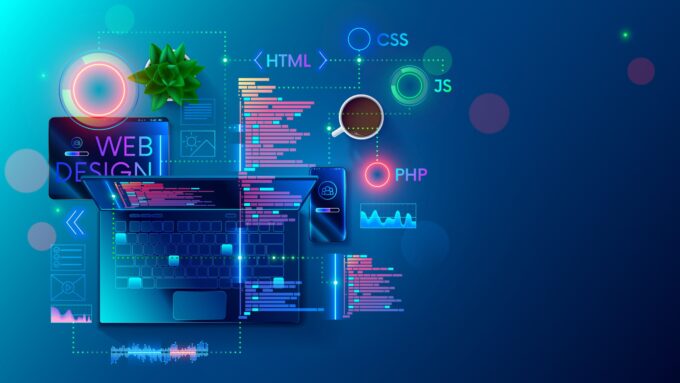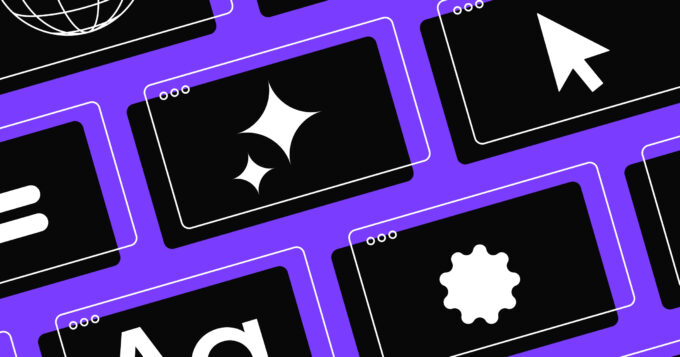When it comes to web design, the change from motionless web pages to dynamic and interactive experiences has become increasingly apparent. Animation and interactive elements have emerged as essential components of modern web design, transforming websites into engaging platforms that captivate users’ attention and enhance their overall browsing experience.
The Evolution of Web Design
The journey of web design has seen significant advancements driven by technological innovation and changing user expectations. From the early days of basic HTML layouts to the emergence of CSS and JavaScript frameworks, designers have continuously pushed the boundaries of creativity and interactivity. Today, websites are no longer mere information repositories but dynamic environments that respond to user input and engage users on multiple levels.
Enhancing User Engagement
One of the primary functions of animation and interactive elements in modern web design is to increase user engagement. By introducing subtle animations, hover effects, and interactive features, designers can create a sense of interactivity and immersion that encourages users to explore and interact with the content. From animated transitions between pages to interactive sliders and carousels, these elements add depth and dynamism to the user experience, keeping visitors on the site longer and encouraging them to return.
Communicating Information Effectively

Source: blog.openreplay.com
In addition to enhancing engagement, animation and interactive elements serve as powerful tools for conveying information in a clear and compelling manner. Complex data sets can be visualized through charts and graphs, allowing users to explore and analyze information at their own pace. Animated infographics and interactive timelines provide an engaging way to present content and make it more accessible to a broader audience. By leveraging animation and interactivity, designers can transform static content into dynamic storytelling experiences that resonate with users.
Establishing Brand Identity
Animation and interactive elements also play a crucial role in expressing brand identity and personality. From subtle animations that reflect the brand’s ethos to interactive features that showcase its products or services, these elements help create a cohesive and memorable brand experience. By incorporating branded animations, transitions, and interactive elements, designers can reinforce brand values and create a strong emotional connection with users, ultimately building brand loyalty and trust.
Improving User Experience
Web design is about making an intuitive and enjoyable user experience. Animation and interactive elements contribute to this goal by providing feedback, guiding users through the interface, and creating a sense of flow and continuity as they navigate the website. Smooth transitions between pages, interactive navigation menus, and animated feedback on user actions all contribute to a more seamless and immersive browsing experience. By incorporating these elements thoughtfully, designers can ensure that users enjoy every interaction with the website, leading to higher satisfaction and engagement.
Optimizing Performance

Source: infinigeek.com
While animation and interactive elements can enhance user experience, it’s essential to strike a balance between creativity and performance optimization. Overly complex animations or heavy interactive features can make pages load slower and detract from the overall user experience. Therefore, designers must carefully consider performance implications when incorporating these elements into their designs. Techniques such as lazy loading, optimizing asset sizes, and using hardware-accelerated animations can help minimize performance issues and ensure smooth browsing experiences across devices and network conditions.
Best Practices for Incorporating Animation and Interactive Elements
To maximize the impact of animation and interactive elements in web design, designers should follow best practices to ensure ideal performance and user experience. This includes using animations sparingly and purposefully, optimizing assets for web delivery, and testing designs across different devices and browsers. Additionally, designers should prioritize accessibility and ensure that interactive elements are usable for all users, including those with disabilities.
Examples of Effective Implementation

Source: webflow.com
To illustrate the diverse ways in which animation and interactive elements can enhance modern web design, let’s explore a few examples of websites that effectively incorporate these features:
Apple: Apple’s website features sleek animations and interactive product showcases that reflect the company’s commitment to innovation and elegance. From smooth transitions between pages to interactive product demos, every element is designed to engage and inspire visitors.
Google: Google‘s homepage is a masterclass in simplicity and interactivity. The iconic Google Doodle animations celebrate holidays, events, and historical figures, providing an engaging and personalized experience for users around the world.
Nike: Nike’s website combines stunning visuals with interactive elements to create an immersive brand experience. From interactive product customizers to animated storytelling features, every aspect of the website is designed to inspire and empower athletes of all levels.
Ready to Design?
Animation and interactive elements have revolutionized modern web design, transforming static websites into dynamic and immersive experiences that captivate and engage users.
Whether it’s a Seattle web design company or one on the other side of the world, by incorporating these elements thoughtfully, designers can create websites that not only communicate information effectively but also express brand identity, enhance user experience, and leave a lasting impression on visitors. As web design technology continues to evolve and user expectations evolve with it, animation and interactive elements will likely play an even more significant role in the future of web design.



